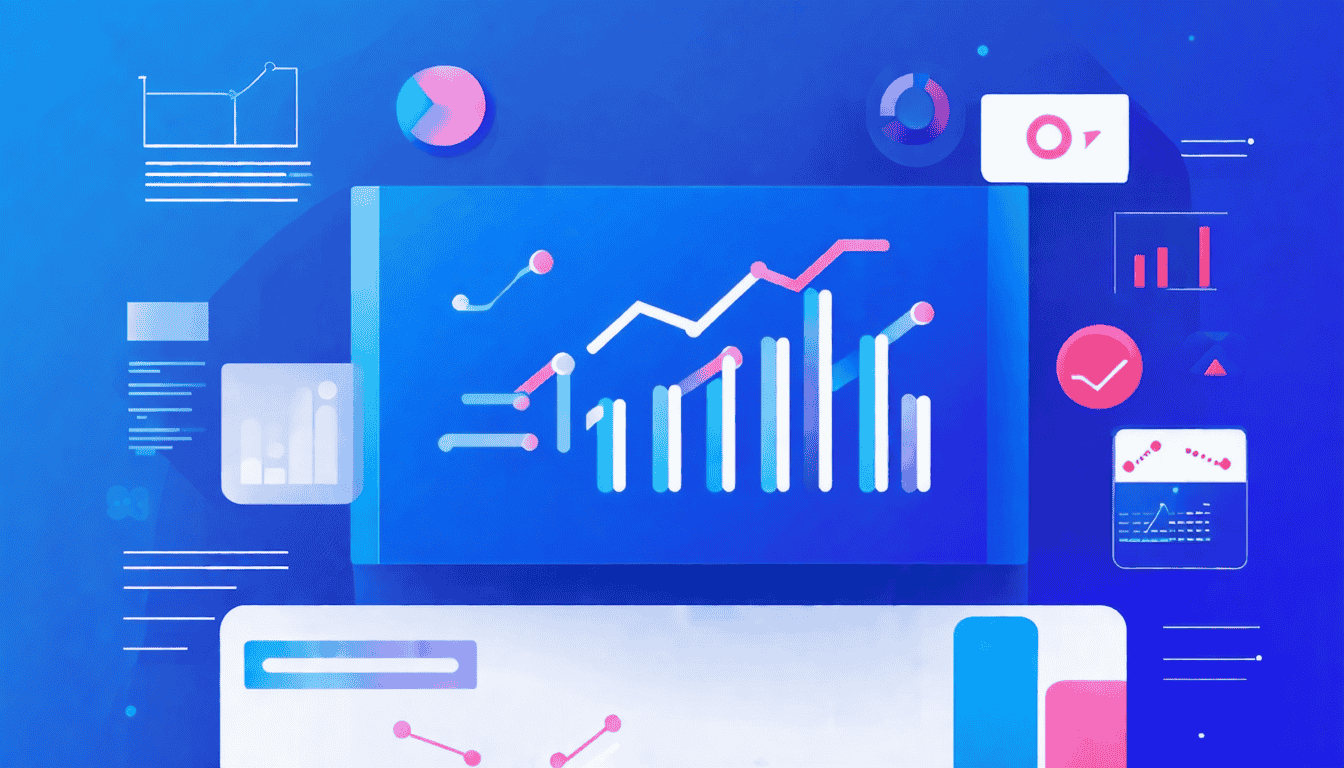
Admin
 Data Analysis
Data Analysis
 0 comment
0 comment
 13 Jul, 2025
13 Jul, 2025

The old adage, “knowledge is power,” still rings true. Today, businesses and government organizations have access to a huge amount of data and rely on data analytics techniques to process and learn from it. Data analytics is the practice of using statistical analysis and other tools and techniques to identify patterns and trends in the data you have access to.
It can help businesses, governments, and individuals to make better-informed decisions. The practice is separate from, but related to, data science and business intelligence. Let’s take a look at the differences and similarities:
With those definitions in mind, let’s consider some of the key types of data analytics and how they’re used in various industries.
Key Types of Data Analytics
There are four basic types of data analytics, covering different types of questions and different forms of problem-solving. These key types are descriptive, diagnostic, predictive, and prescriptive analytics.
Descriptive analytics refers to understanding past trends based on historical data. For example, sales performance reviews, financial reports, and website traffic charts are all forms of descriptive analytics. Using this technique, you can review past events to determine if your sales team is performing well, your website traffic is increasing, or footfall to your store has dropped in the last month.
Descriptive analytics is useful for determining what happened. However, I can't answer why it happened. For that, you’ll need other analytical tools.
Diagnostic analytics is the next part of the equation, aiming to answer the why. For example, if your descriptive analytics indicates sales of a specific product have recently increased, diagnostic analytics can help you understand what drove that increase. Was it a marketing campaign? Did a news story or major event increase interest in the product?
Diagnostic analytics helps you understand customer behavior and make decisions in response to current trends.
Nobody can tell the future, but predictive analytics help people make an educated guess about what’s next. It uses information about past events to help managers anticipate demand and make decisions about inventory levels, staffing, etc.
For example, if you run a sporting goods store, you might use predictive analytics to determine which products to stock for each season and which sports team merchandise is likely to be the most popular.
Predictive analytics can also assist with detecting fraudulent transactions and predicting customer churn so you can target your marketing efforts toward customer retention.
Prescriptive analytics focuses on suggesting actions based on insights derived from your data. It’s often used to drive personalized marketing, such as sending out product recommendations or discount vouchers based on past customer behavior. Prescriptive analytics is also used for AI-driven treatments in healthcare.
Data analytics is a practice that’s employed across all industries to assist leaders with decision-making. Some examples of common use cases include:
Today’s business leaders have access to a vast amount of data about their customers, suppliers, and world events they can use to guide their decision-making. When put to good use, this data can give business or organization leaders in any sector a competitive advantage. Demand for data scientists is increasing, with the Bureau of Labor Statistics projecting a job growth rate of 36% between 2023 and 2033.
Data analysts use a variety of tools to glean insights from the data available to them. To succeed in the job, a data analyst must be well-versed in as many of these tools as possible and understand how to apply them correctly.
Some important technical skills include:
“Data analytics is not just about the tools and techniques; it’s about the mindset of curiosity and the ability to translate data into actionable insights.” – Igor Arkhipov
Once the analytics part of the job is done, the next task is to communicate the results to someone without a background in data analysis. Storytelling and good communication skills are vital for this. Knowing how to convey crucial information accurately, in terms someone without a data science background can understand, can help aspiring data analytics experts stand out from the crowd.
Conclusion and Recommendation
Data analytics is more than just crunching numbers; it’s about uncovering stories hidden in data, making informed decisions, and driving growth. Whether you’re a student, a business owner, or an aspiring data professional in Nigeria, learning data analytics opens doors to endless opportunities.
In today’s digital economy, organizations value those who can turn raw information into actionable insights. By investing in data skills now, you prepare yourself for a future where data-driven decision-making defines success.
The journey starts with understanding the basics; and with the right training, you can grow into a confident analyst ready to make an impact.
Data analytics is no longer just for big companies, it’s a skill that students, young professionals, and businesses in Nigeria can leverage today. At ECR Academy, Umuahia, Abia State, we provide hands-on training in Excel, SQL, Power BI, and more, tailored for the Nigerian market.
Don’t just read about data analytics, learn it with us today and build skills that employers value in 2025 and beyond.
Enroll now at ECR Academy and turn raw data into real opportunities!
Data analytics is the process of examining raw data to find patterns, trends, and useful insights that help businesses and individuals make informed decisions.
Why is data analytics important today?
It helps businesses in Nigeria and globally make smarter decisions, reduce costs, improve customer experience, and gain a competitive edge.
What are the main types of data analytics?
The four main types are:
Basic knowledge of Excel, SQL, and visualization tools like Power BI or Google Data Studio. Critical thinking and problem-solving are also key.
You can learn data analytics online or at training centers like ECR Academy, Umuahia, Abia State, which offers affordable and hands-on training for beginners.
Admin
0 comment